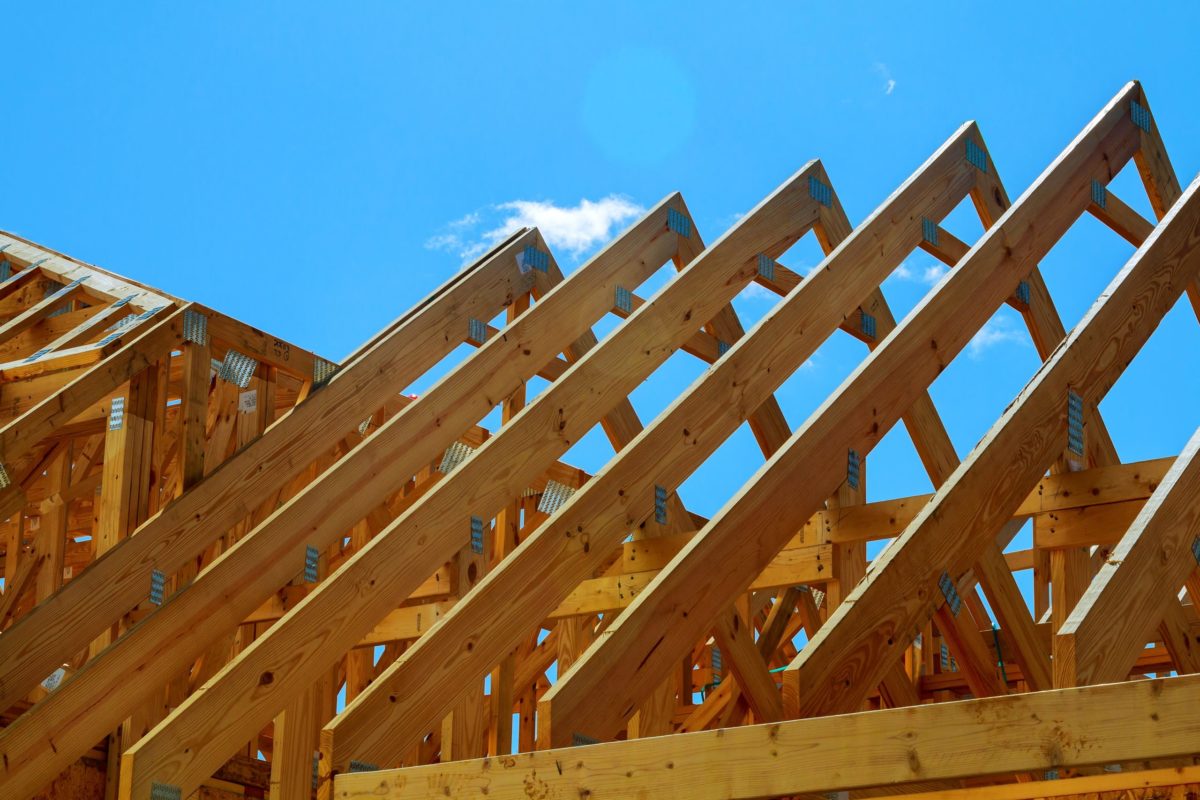The Differences of Roof Pitches and How It Affects Your Roof

Posted on March 8, 2022 by Phillip Camerer
From building a new roof to making repairs and replacements on an existing roof, there are several factors which determine the type of roof materials you can use. One of the most important is the pitch of your roof as it dictates the appropriate roofing materials such as shingles, gutters, and even the cost of installation. So understanding how to calculate an existing roof pitch or choosing the right pitch to build your roof is vital. A roof pitch is the measurement that describes how steep the angle of your roof is. It is calculated by measuring the span (width) of the roof and the rise (height) from the edge of the roof to the peak. It is often displayed as a fraction to represent the ratio of rise/span. The roof pitch also categorizes the style of roof such as hip or gable roof style.
What is the meaning of a 5:12 Roof Pitch?
The roof pitch ratio represents the calculation of how much the roof rises per foot of its span. So the ratio 5:12, is describing how the roof rises 5 ft in height for every 12 ft in width. Roof pitches between 4/12 to 6/12 are quite common and are considered standard roof pitches. Anything lower than 4/12 is considered a low-sloped roof while 2/12 are considered flat roofs that are still angled to assist with water runoff. Higher pitched roofs like 9/12 pitches are very highly angled and are designated steep-slope roofs, typically made for preventing snow and ice build up in northern climates.
Determines Usable Materials
The angle of the pitch on your roof determines the appropriate type of roofing materials available for your project. Such as regular roofing shingles are typically for roof pitches that fall between 3/12 to 9/12 deepening on the type of shingle. In addition, there are some limitations depending on the roofing material like elastomeric roof coatings are designed for a low pitch roof and aren’t made for a steep pitch roof due to problematic installation issues.
Differences in a Steep Pitch Roof and a Low Pitch Roof
Steep Roof Pitch
- Creates more storage/living space
- Helps you get the most out of your home’s square footage
- Typically required for snowy climates
- Assists with preventing snow and ice accumulation
- Helps to keep the roof in a dryer condition to prevent the roof from leaking
- Can withstand the gravity of heavy loads better than a low pitch roof
- The steeper the pitch the steeper the price
- Harder to walk on
- Challenging and more difficult for installation and repairs
- Additional safety equipment and time requirements needed for installation
- Extra space under the roof is affected by changing external temperatures which effects the temperature in the rooms below
Low Roof Pitch
- Less material needed (don’t need large trusses)
- Reduced labor costs for installation and repair
- Handle higher wind speeds compared to a steep pitch roof
- Allows for easier movement with better footing stability
- Absolutely needs a proper drainage system
- Susceptible to water damage from standing water
- Water/snow/ice stays on roof longer and can find its way through cracks and crevices
- Standing water will lead to twisting, warping, cracking, and rotting roofing materials if not dealt with properly
- The weight from too much heavy ice or snow loads can create structural damage or even collapsing part of the roof
- Less space inside, possibility for outdoor roof space
Your Local Pitched Roof Experts
Be sure to check local building codes and regulations for the minimum roof pitch if you are building a new roof or making adjustments to your existing roof. It is also important to contact a local roofing contractor like Phillip Camerer. Your local roofing experts know the typical weather conditions that your home endures over the changing seasons. So they are able to guide you in the right direction when it comes to determining the right roofing materials and the right roof pitch to go with that pairs with it. Knowledge is powerful as it can help you increase the lifespan as well as maximize the usability of your roof. If you have any questions or concerns about your roof, consult with our experts today!
